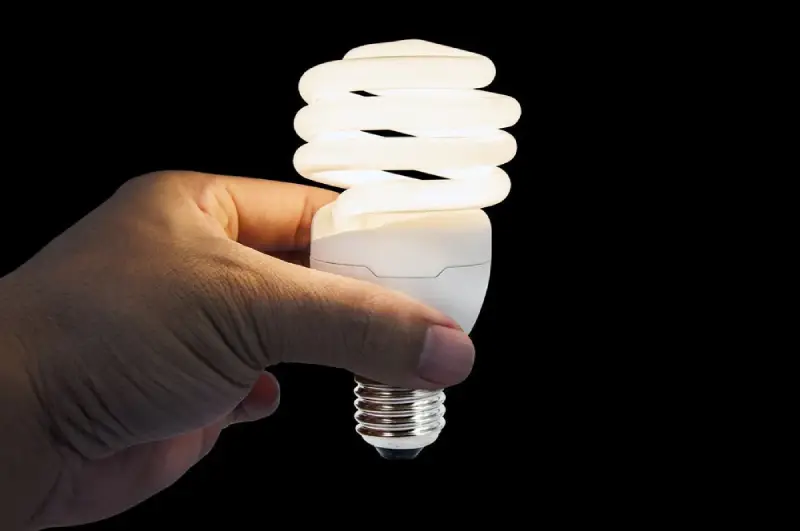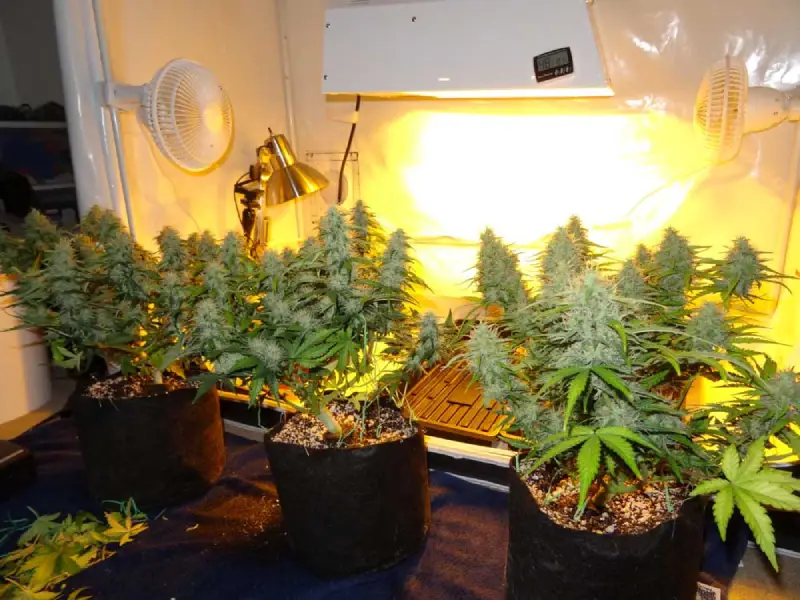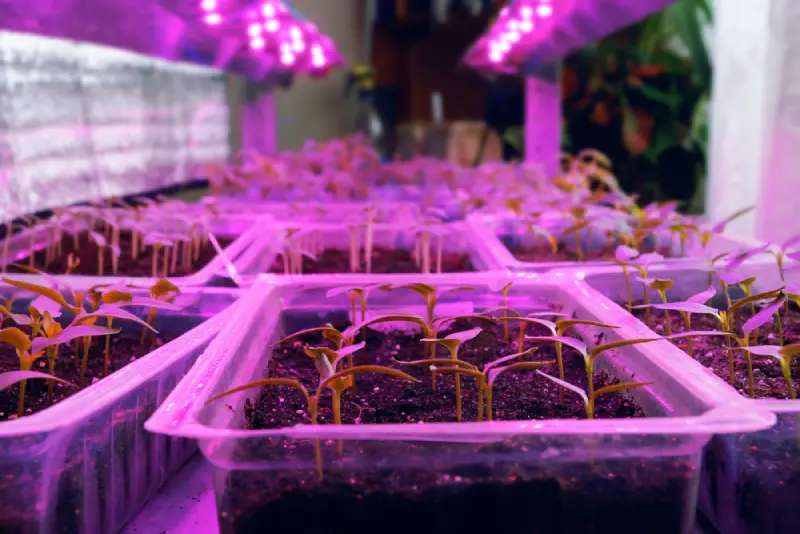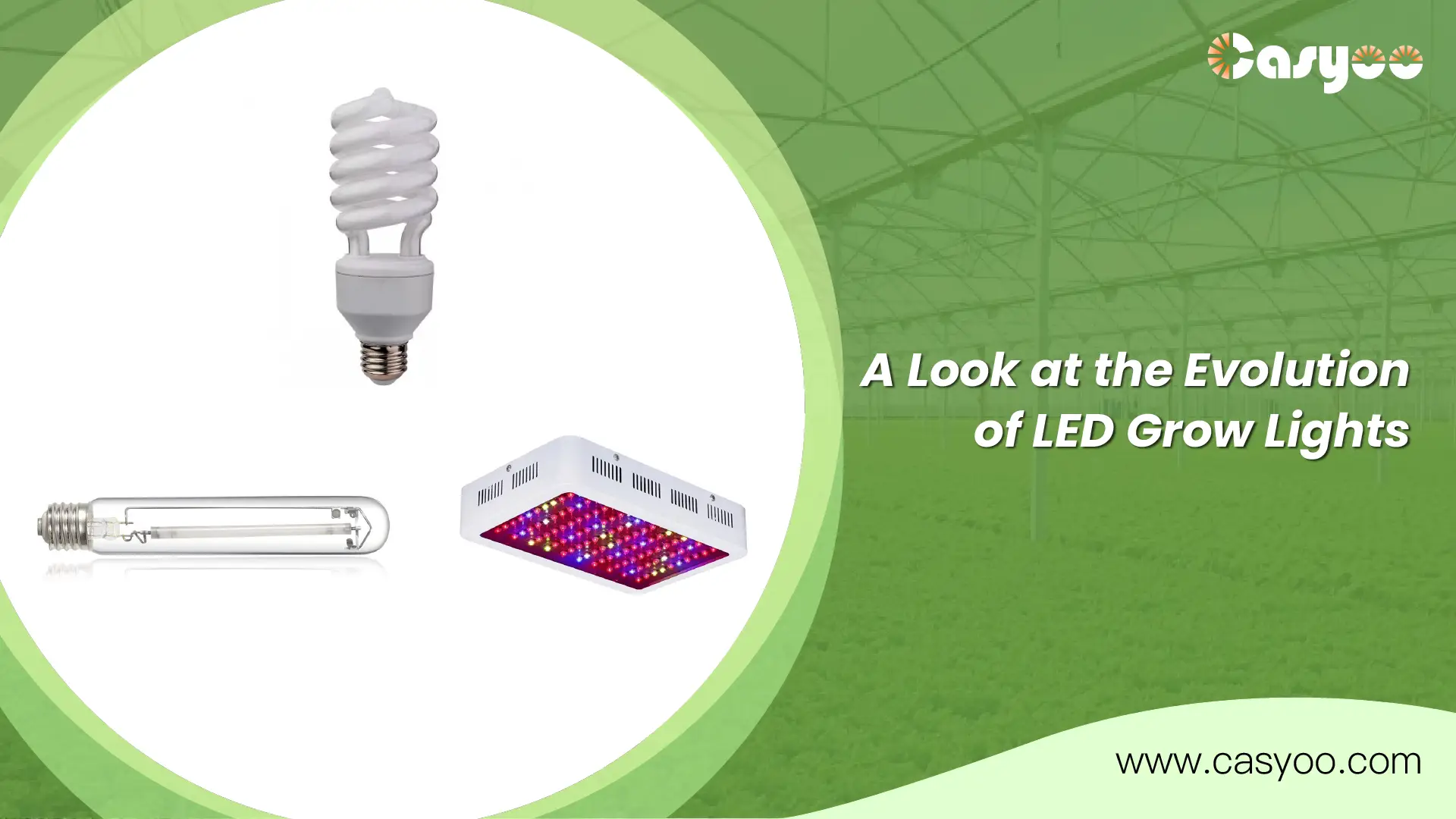Plants can obtain the energy they need for plant growth from light. But the natural light is not always sufficient. So the grow light came out to supplement the light. Thanks to the advanced technology, we have obtained a bunch of different cost-effective grow lighting solutions. Let’s take a look at the evolution of LED grow lights!
The Evolution of Grow Lights
Fluorescent Lights

Fluorescent lights have been around for nearly 100 years. You can see them everywhere – shopping malls, schools, offices, hospitals, and even in our homes.
Fluorescent lights mainly include T5 and compact fluorescent lamps (CFL). T5 is more popular than T8 because of its compactness and small size. They can be used linearly in many different growing environments, providing consistent light levels for all crops within their reach.
CFLs are widely available, easy to use, and low cost. They are designed to screw into regular incandescent sockets or plug into recessed cans.
High Pressure Sodium Lamps (HPS)

HPS was first used in street lighting in the early 1900s. And soon the scientists discover their benefits for plant growth. They are able to produce intense light that can encourage flowering.
Both fluorescent and HPS lamps require a ballast to regulate the electrical energy throughout the fixture. Ballasts run hot and quickly generate heat. Additionally, HPS bulbs are sensitive to the ballast, so the wattage of the bulb cannot be changed without replacing the ballast. Lumens decrease over time, so the bulb needs to be replaced every 6-12 months.
HPS has been the workhorse of grow lights for more than half a century. While HPS is still a relatively cheap option in terms of upfront cost, the heat they generate requires additional investment in cooling equipment. Furthermore, with rising energy costs, upfront costs are not as important as long-term benefits. These drawbacks are slowly shifting the horticultural lighting industry toward new technologies.
Metal Halide Lamps (MH)
MH lamps were also developed in the 1960s. Compared to HPS lights, MH lamps emit blue light, which is beneficial for plant vegetative growth.
Ceramic Metal Halide (CMH)
CMH lamps were introduced to the market in 1994 as a more efficient variant of MH lamps. They used a ceramic tube instead of the fused quartz tube in early MH lamps. CMH fixtures produce blue light with a CRI of up to 96, close to daylight.
LED Grow Lights

LEDs were first used in commercial grow operations in Japan in 2000. In the early 21st century, LED grow lights were still not a mainstream choice for most commercial growers, partly due to the cost. It could cost $6 or more per square foot. But since 2008, LED grow lights have experienced a significant price drop of 90%, making them affordable for every grower.
Are LED grow lights the best?
Yes, the following are the main advantages.
- Long life: A single LED bulb can last between 5 and 10 years. While LED lights cost more upfront than HID and CFL, they are more cost-effective in the long run and you won’t have to replace bulbs for years.
- Easy to install: You can install them yourself without hiring an expert to install the lights. Some LED grow lights can be fixed on top of the frame with screws, while others come with adjustable brackets. The most important thing is to ensure that the light is evenly distributed in all directions so that the plants can be exposed to bright light.
- Energy-saving: LED grow lights are the most energy-efficient of all kinds of grow lights. This is an excellent choice for commercial cultivation, and you will save a lot of money on electricity bills. In addition, the bulbs do not need to be replaced frequently, so you will save more on maintenance costs.
- Low heat: Too much heat can burn plants. A cooling system is usually installed in a greenhouse to control the temperature. Although LED grow lights are able to produce intense light, they produce less heat. As long as they are hung at a safe distance, LEDs will not hurt your plants.
- Best for commercial growing: Some grow lights can only illuminate a small area. LED grow lights can illuminate large areas and provide uniform lighting. You’ll save more if you choose LED lights because you only need a few lights to cover a wide space.
- Full-spectrum light: Compare to other types of grow light, LED full-spectrum lights produce a balanced full spectrum. Your crops will definitely grow well.
Final thoughts
The evolution of LED grow lights brings unparalleled efficiency to growers around the world. With the advance of technology, LED grow lights, with no doubt, will still remain at the forefront of horticultural lighting, lighting the way to healthy crops. Please feel free to contact us if you have any questions.




